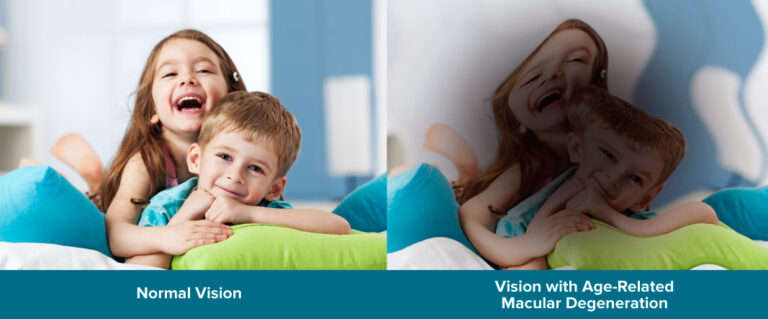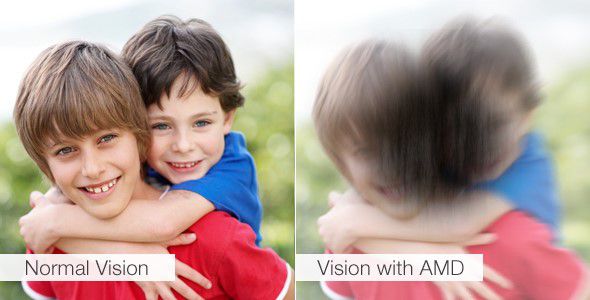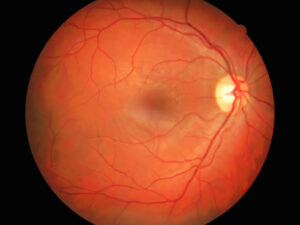Age-related Macular Degeneration

Age-related macular degeneration or AMD is an eye disease that affects central vision. It is a leading cause of vision loss.
It is a common age-related problem that occurs in people aged 50 or above. The condition can occur in one or both eyes. Though, people with AMD are not completely blind, patients with this condition are not able to see things directly in front of them. Losing the central vision limits vision to see faces, read, drive, or do any significant work involving clear straight vision.

Age-related macular degeneration occurs when aging causes damage to the macula. Macula is the part of the retina that controls sharp, straight-ahead vision.
Age-related macular degeneration is categorised in two types

- Dry AMD
Dry AMD is more common than wet AMD. With this condition, the macula gets thinner with age. The light-sensitive cells in the macula get thinner and eventually die. In later stages, patients might lose central vision.
- Wet AMD
Wet AMD causes faster vision loss but is less common. About 10% of people with macular degeneration get the wet form. In this condition, the blood vessels underneath the macula leak blood and fluid into the retina. This causes damage which leads to permanent loss of central vision.
Most people with macular degeneration have the dry form comparatively. However, the dry form can turn into to the wet form at any stage.
Symptoms of Age-related Macular Degeneration
The signs of macular degeneration might not be noticeable at an early stage. The common symptoms of macular degeneration may include:
- A reduced clear vision
- A blurry vision
- Dark, blank areas in the centre of vision
- Difficulty identifying colours

Causes of Age-related Macular Degeneration
The condition is likely to occur as one gets older. Though the common risk factors could be associated with:
- Family history of AMD
- High blood pressure
- Being overweight
- High blood pressure
- A diet high in saturated fats
- Smoking
Diagnosis of age-related Macular Degeneration
AMD could rarely be identified in earlier stages. A routine eye exam after certain age can spot age-related macular degeneration.
The below tests could be used to identify the condition:
- Visual field test by an amsler grid

Patients are asked to identify patterns of lines on a grid that has straight lines with a large dot in the centre. Patients seeing a lot of distortion may indicate having AMD
- Dilated eye exam

The eyes are dilated and are analysed using a special lens
- Fluorescein angiography

A yellow dye called fluorescein is inserted into the body and a special camera is then used to track the dye through blood vessels in the eye. This helps reveal any leakage under the macula
- Optical coherence tomography (OCT)
It is an imaging method used to take detailed images of the back of the eye, including the retina and macula. The images then can be analysed by doctor to identify the condition
- Optical coherence tomography angiography (OCTA)

This uses laser light and the OCT scanning device combined to produces 3D images of blood flow through the eye.
Management and Treatment of Age-related Macular Degeneration
The aim of the treatment of Age-related Macular Degeneration is to slow down the damage and prevent the eyes from losing too much vision. This may include:
- Nutritional supplements including vitamin C, vitamin E, lutein, zinc, copper, zeaxanthin and beta carotenemay slow the progression of dry AMD.
- Medication may block the creation of blood vessels and leakage in case of wet macular degeneration.
- Laser therapy is used to destroy abnormal blood vessels growing in the eye
- Photodynamic therapy or PDT uses a combination of an injectable light-sensitive drug and a laser to destroy extra blood vessels in the eye.
- Vision aids involve wearing special lenses that create larger images of nearby things.
Having AMD could be challenging. A low vision makes it hard to do everyday tasks. Early detection can help you manage the vision and stay independent and active. It is important to test your vision regularly, and follow your doctor’s advice.

